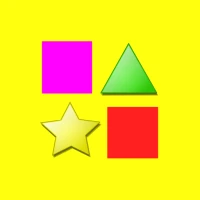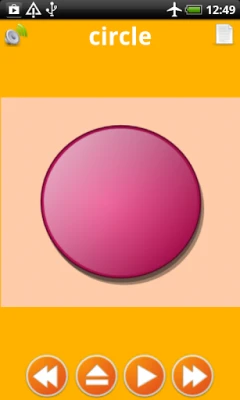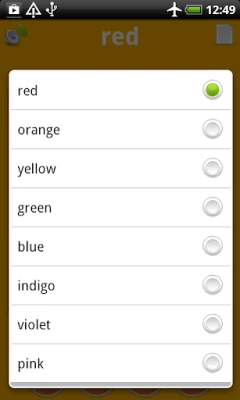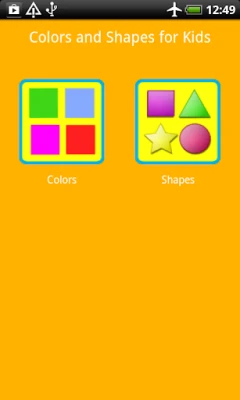
Latest Version
4.3.1172
September 29, 2025
Educational Flashcards Universe
Education
Android
0
Free
com.zodinplex.abc.kids.letters.colorsshapes.sounds.baby
Report a Problem
More About Colors and Shapes for Kids
Unlocking Early Learning: Engaging Educational Games for Color Recognition
In the vibrant world of early childhood education, introducing colors to young learners is a fundamental step. This article explores the significance of educational games designed to teach children about colors, enhancing their cognitive development through interactive learning experiences.
Understanding Color Recognition in Early Development
Color recognition is a crucial aspect of early development. By learning to identify colors, children not only enhance their visual perception but also improve their language skills and cognitive abilities. Engaging educational games can make this learning process enjoyable and effective.
Introducing the Spectrum of Colors
Children will learn a total of nine essential colors: red, pink, gray, brown, purple, blue, green, yellow, and orange. Each color is represented through vibrant illustrations and animated images, making the learning experience visually stimulating. For instance, a flashcard featuring the color blue might showcase a bright blue sky, a blue whale, and a blue balloon, helping children associate the color with real-world objects.
Interactive Flashcards: A Gateway to Learning
Each flashcard is meticulously designed to captivate young minds. When a child interacts with a flashcard, an animated picture appears alongside the corresponding sound, creating an immersive learning environment. This multisensory approach not only aids in color recognition but also enhances memory and listening skills.
Phonics and Color Connection
In addition to colors, these educational games introduce children to phonics through alphabet and number flashcards. For example, the letter "A" is associated with "Apple," reinforcing the connection between letters and sounds. This method fosters early literacy skills, allowing children to develop a strong foundation for future learning.
The Role of Geometry in Color Learning
Geometry, derived from the Ancient Greek word for "earth measurement," plays a significant role in understanding shapes and spatial relationships. By incorporating geometric concepts into color learning, children can explore the properties of shapes while identifying colors. For instance, a red square or a blue circle can help children grasp both color and shape recognition simultaneously.
The Science of Color Perception
Color, or "colour," as it is spelled in British English, is a visual perceptual property that corresponds to various categories such as red, blue, yellow, and green. The perception of color arises from the interaction of light with the eye's receptors, which respond to different wavelengths. Understanding this scientific basis can enhance children's appreciation for colors and their significance in the world around them.
Benefits of Learning Colors Through Games
Utilizing educational games to teach colors offers numerous benefits:
- Engagement: Interactive games capture children's attention, making learning fun and effective.
- Memory Enhancement: Repetition through games helps reinforce color recognition and retention.
- Social Skills: Group activities encourage collaboration and communication among peers.
- Confidence Building: Mastering color recognition boosts children's self-esteem and encourages further exploration.
Conclusion: A Colorful Journey of Learning
In conclusion, introducing colors to young learners through engaging educational games is a powerful way to enhance their early development. By utilizing interactive flashcards, phonics, and geometric concepts, children can embark on a colorful journey of learning that lays the foundation for future academic success. Embrace the vibrant world of colors and watch as your child flourishes in their educational endeavors.
Rate the App
User Reviews
Popular Apps










Editor's Choice





























